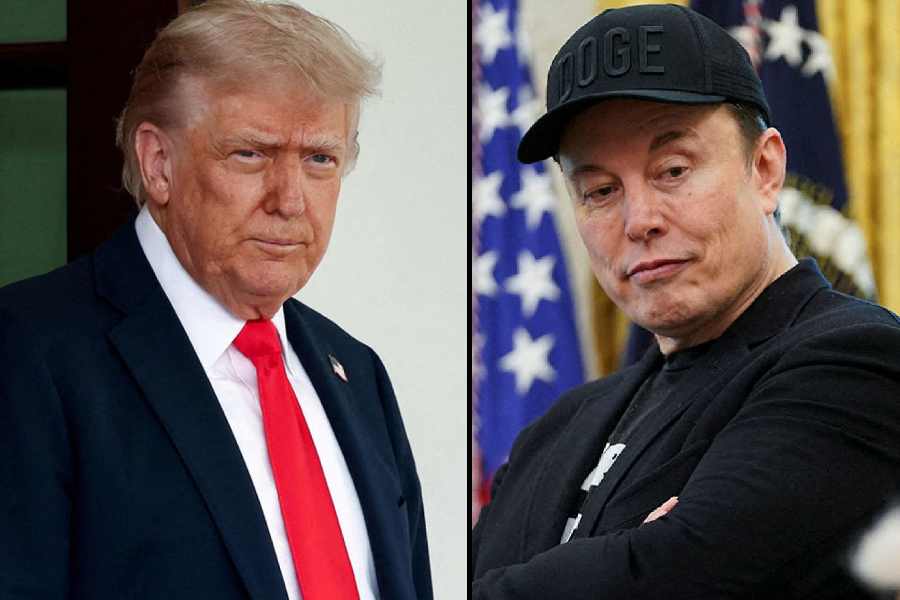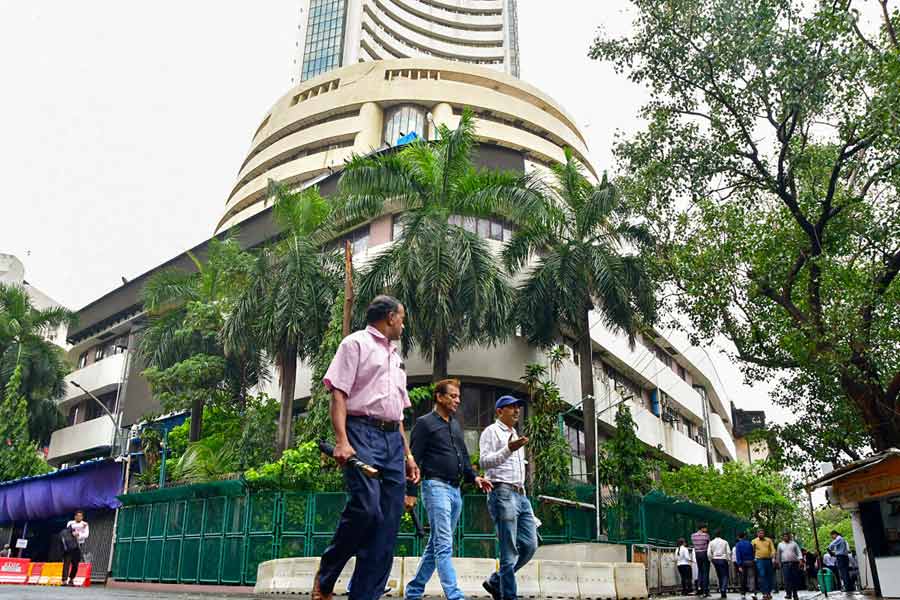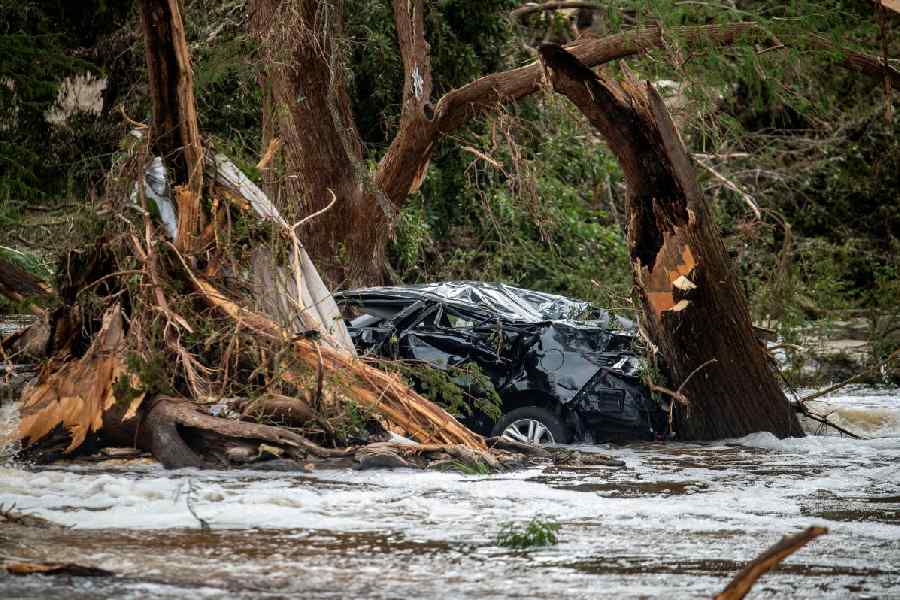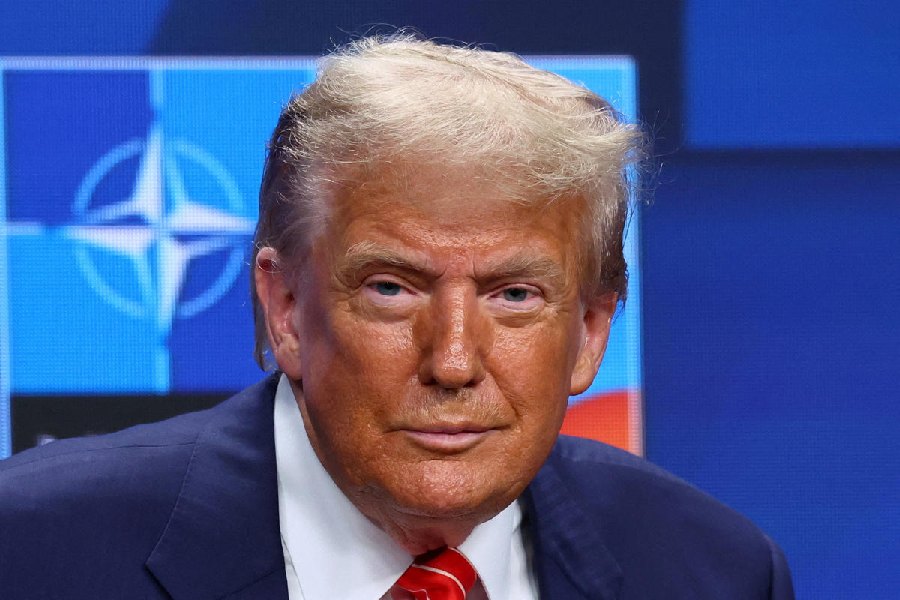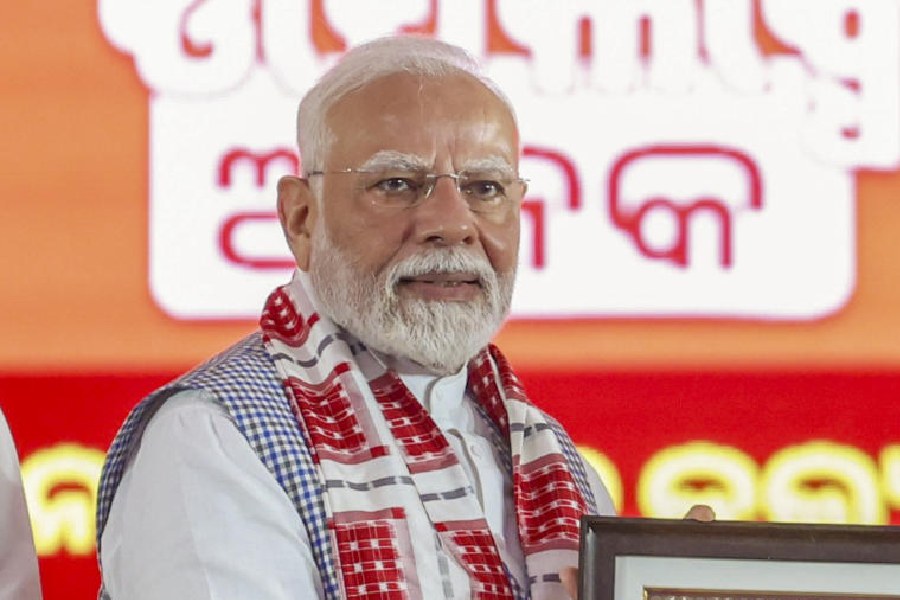 |
| Army personnel with Naga ‘warriors’. Picture by Pradeep Pareek |
lThe writer is a veteran journalist who has covered the Naga movement
The peace talks with the Nagas have once again raised the hope of ending the cycle of suffering of the Naga people. The sufferings had begun with the mass arrests of Nagas immediately after the visit of the Prime Ministers of India and Burma, Jawaharlal Nehru and U. Nu, to Kohima on March 30, 1953. On that day, thousands of Nagas in their colourful best had come out to greet the two leaders. However, deputy commissioner of the then Naga Hills district of Assam Satyen Barkatoki, fearing that those lining up the road might try to sneak in a letter to Nehru saying that India should accept the fact that the Nagas had maintained an independent existence all through their history, called in the police to drive away those waiting for Nehru.
Hurt by this insulting behaviour, Naga leader T. Sakhrie went to the Kohima football field where the Nagas had gathered to hear the two leaders and spoke about the incident. He told the people not to wait for Nehru and urged them to go home, as he was not going to hear what they wanted to say in welcome. As Nehru and U. Nu arrived, they saw the crowd leaving. To punish the Nagas for their misdemeanour, largescale arrests began driving Nagas, including Phizo, underground. Before that no one was “underground” and the Naga non-cooperation movement was peaceful.
To resist the police raids, the Nagas started raising home guards. Their first major clash was with the Assam Rifles in June 1956 and soon after the Indian army launched a massive crackdown to put down the resistance, starting an era of unprecedented atrocities — burning of villages, crops, grain-stores, killings and brutalities there. Khonoma, Phizo’s village, was burnt twice. So they took refuge in forests on high mountains, beyond the reach of soldiers. There, without food and shelter, they died in hundreds. Some were allowed to come back on condition that they would not rebuild on their old house-sites but in places approved by the government — places the armed forces could raid easily.
This, however, did not fully satisfy the government. Some of its higher-ups had read about British general Sir Gerald Templer’s attempts to create “new villages” to suppress the insurgency in Malaya in 1952. Following his method, to isolate the guerrillas both politically and physically from the population, grouping of villages was resorted to in Naga Hills in 1956.
Grounds were cleared for the new villages where people were placed within barbed-wire perimeters with army-guarded gates. These were concentration camps. People, especially the old and the very young, began falling sick and dying in large numbers. Fields became fallow and life looked as if it was on the verge of extinction. Village after village was uprooted and relocated.
To save them, the Naga Baptist Church called a convention in Wokha in 1957, which grew into the Naga People’s Convention, subsequently hijacked by government servants to create a haven for themselves called the state of Nagaland. But that is another story. The convention did not try to come to an agreement with the insurgents or “undergrounds”, as they were called, and the Naga movement, which had taken up arms to defend life continued. Failing to crush it, Parliament passed the Armed Forces (Special Powers) Act that in September 1958 became the Armed Forces (Assam and Manipur) Special Powers Act. Still in force with its April 1972 amendments, the Act allows a person of any rank in the armed forces to shoot to kill “for the maintenance of public order”, to destroy any “position or shelter”, to “arrest without warrant any person” and “enter and search any premises” without fearing “prosecution, suit or legal proceedings”.
After their victory in East Pakistan in 1971, the armed forces felt they could achieve any objective and one of their chiefs-of-staff, who had become the Governor of Nagaland, carried out largescale arrests of Nagas and insisted on the surrender of their fighters. This resulted in the 1975 Shillong Accord, in which some Naga representatives accepted the Indian Constitution.
At that time many Naga fighters, including Isak Chisi Swu and Thuingaleng Muivah, were in Burma. They called the Accord a document of surrender. Naga armed groups were then sent to Burma to kill the two leaders. There they were placed in captivity and were made to dig their own graves when a counter-coup in the camp, where they were held, took place and they were saved. The killings continued. On the morning of December 28, 2000, men of the 15 Jat Regiment went to Tabanglong village and killed eight civilians because one of their men was ambushed on the road four kilometres down. This week, two Sema Naga men lost their life in Zunheboto area. because they were believed to belong to the Naga organisation with whose leaders the Prime Minister would holds talks.


